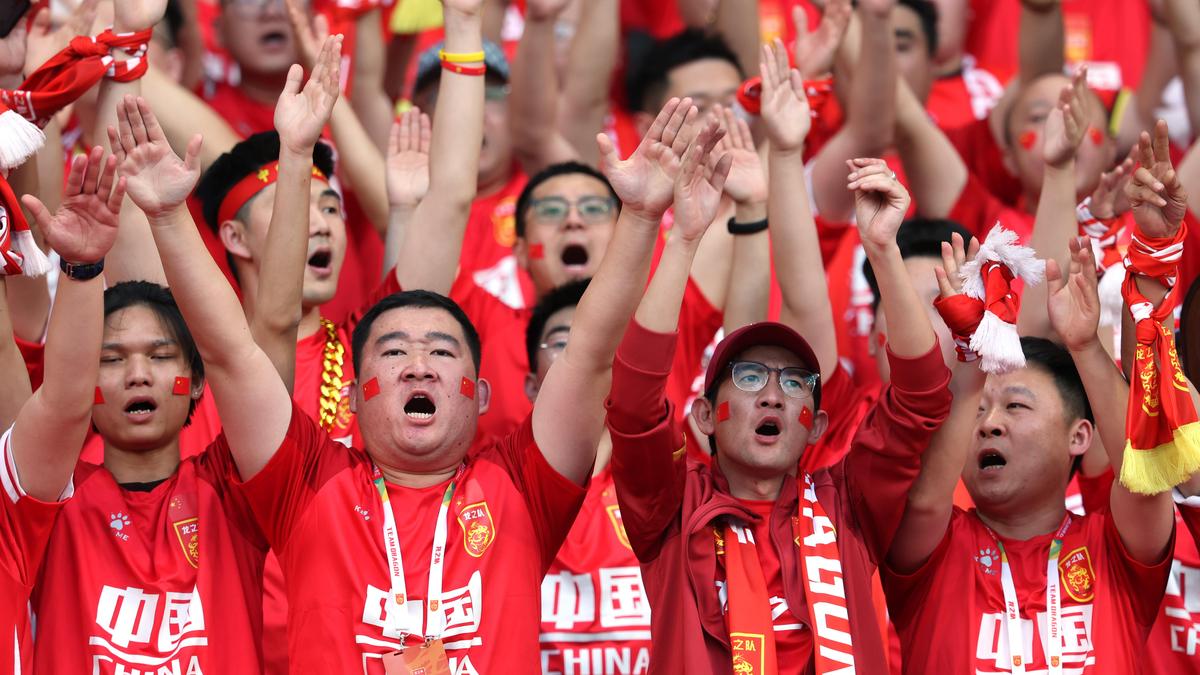Encouraging signs are emerging for China’s long-suffering football fans despite the national team’s failure yet again to qualify for the World Cup and the continued struggle of its top clubs in Asian competition.
On the domestic front, the 2025 season has offered some positivity.
The Chinese Super League comes to an end Saturday (November 22, 2025). If Shanghai Port, coached by former Australia international Kevin Muscat, can manage a draw in Dalian, it will retain the title. If not, city rival Shanghai Shenhua, which is in second place and two points behind Port, could take advantage.
More than 60,000 fans are expected at Dalian to close a season that has averaged about 26,000 in attendance — the best among the top Asian leagues and higher than a decade ago, when Chinese clubs were spending record prices on world-famous stars including Carlos Tevez and Brazilians Hulk and Oscar, and coaches such as Marcello Lippi, Sven-Göran Eriksson, and Manuel Pellegrini.
Now there are no international superstars in China’s domestic top-flight and no clubs capable of challenging for continental honours. In recent years, Chinese football has made international headlines mostly for clubs folding under financial pressure.
Yet the love for the sport remains.
“There’s no doubt that a hardcore of football fans still exists in China, and the passion of some people remains undiminished by the last decade’s tribulations,” Simon Chadwick, professor of AfroEurasian Sport at Emlyon Business School in France, told The Associated Press.
While Chadwick wonders whether the current upsurge can be sustained, optimism remains.
“It is becoming increasingly apparent that the seeds of a new football age in China are beginning to sprout,” he said.
The revival is not limited to professional football. Across the country, amateur regional leagues are thriving. The first was created in Jiangsu, a province with about 80 million residents that lost its CSL club in 2021 when Jiangsu FC ceased operations.
The Jiangsu Football City League, which includes 13 teams from across the province, was launched in May to great success. With teams made up of local residents and students, the average attendance was close to 30,000.
On November 1, the final took place in Nanjing, the provincial capital, in front of 62,000 fans — a record for amateur sports in China. Reports said there were more than 2 million ticket applications online and widespread celebrations in Taizhou after the city’s team won the title.
“Through this league, we can rediscover the true meaning and essence of football, which transcends victory and defeat,” Taizhou coach Zhou Gaoping, the only female manager in the league, posted in a message on social media. “We hope that we can break through the fog and usher in a new dawn for Chinese football.”
The success of the Jiangsu competition has led to several other provinces starting local leagues. This bottom-up, community-focused approach to growing the sport is a heavy contrast to previous top-down attempts by politicians and national associations.
“Rather than being imposed by government or fast-tracked by financial investors, the growth of football in China this time seems more organic, community-focused, and driven by people who have a genuine attachment to the game,” Chadwick said.
Already, Taizhou is advertising for players for the 2026 season and has reportedly been inundated with applications.
China’s national men’s team may be absent from the World Cup next year, but if the current trend continues, there could be more football than ever across one of the world’s most heavily populated countries.

